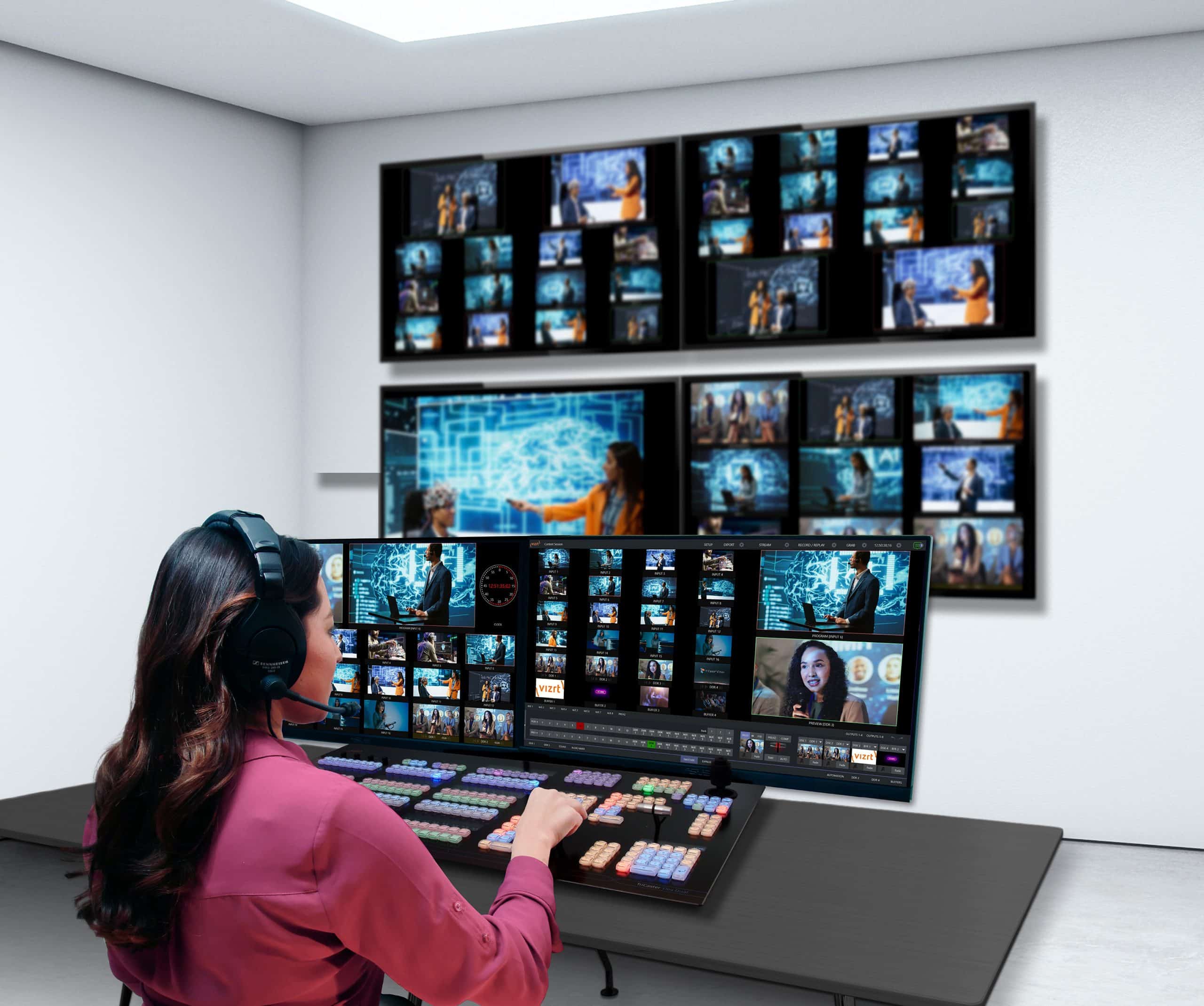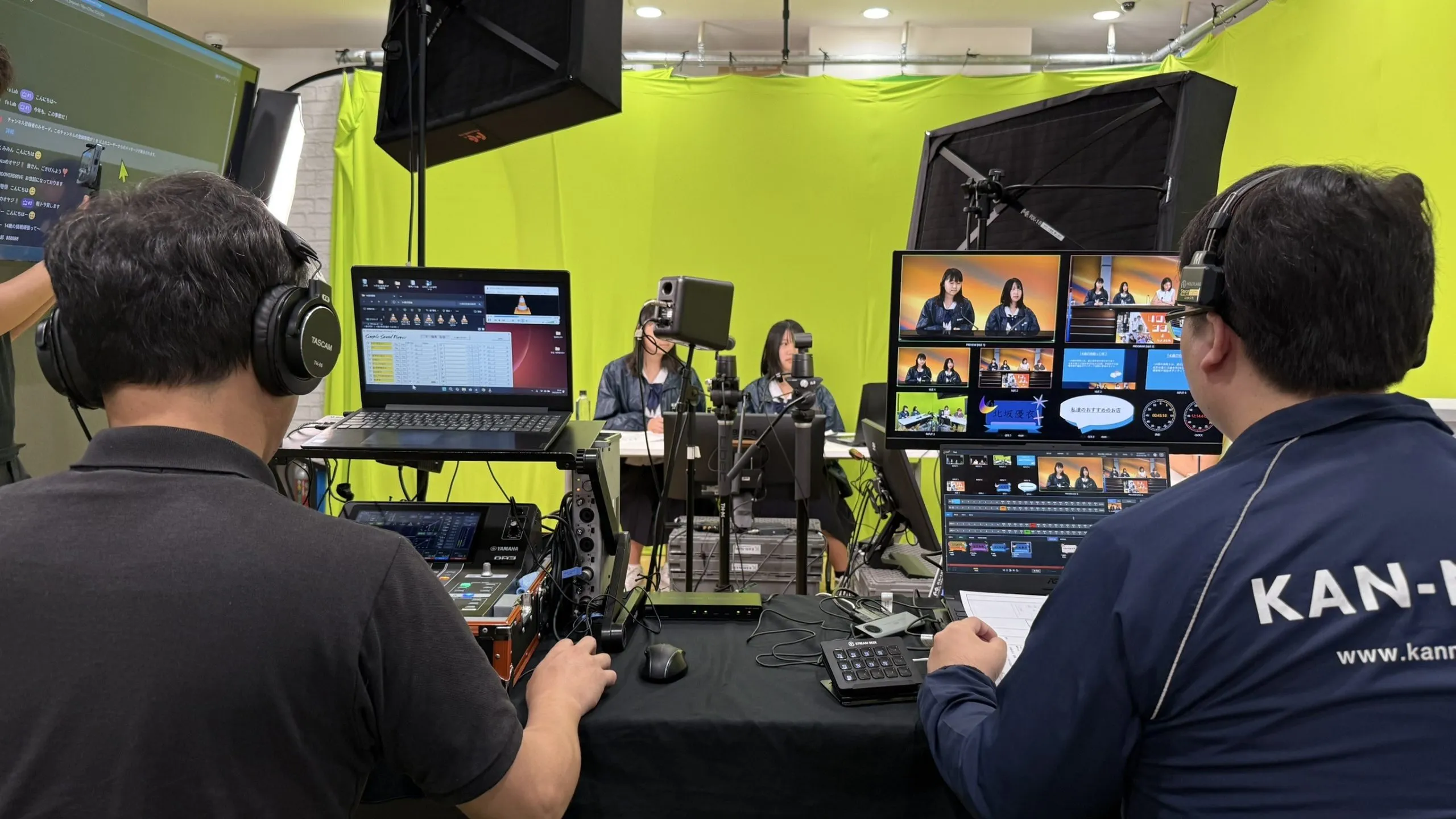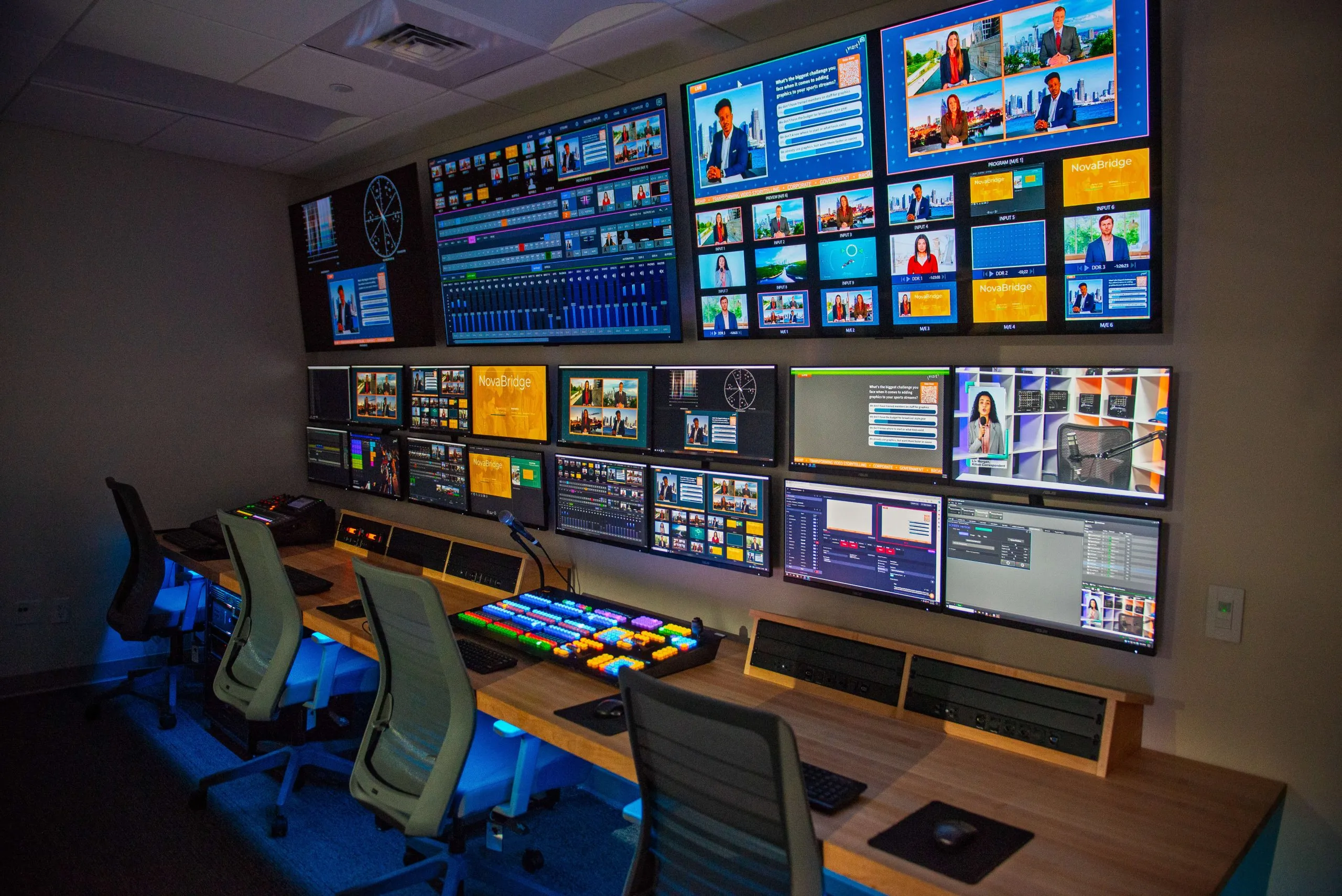There are more choices available to users looking to upgrade their live production systems now than there ever has been before. The industry is in the grip of several interlocking changes at the moment, not the least of which are movements towards IP and cloud-based workflows. Everyone knows these production models are the future, but the future is not here just yet and there are choices to be made about the vehicle we use to get there.
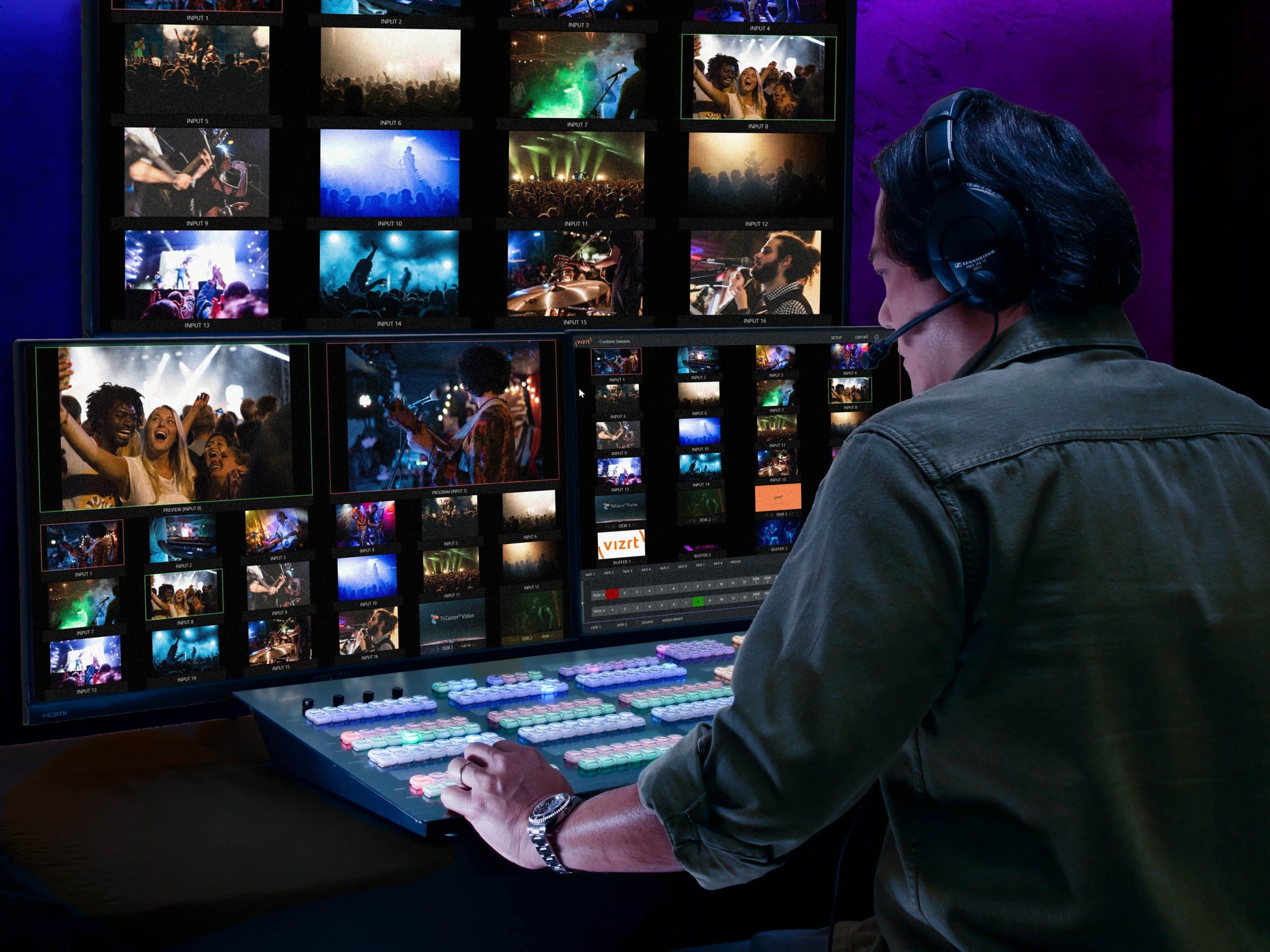
Broadcasters and media companies looking to invest in live production equipment, therefore, need to choose carefully and assess a range of different and shifting criteria. These can change rapidly as new products are continually bought to the market. Companies investing in the area need to make sure that the choices they make now do not come back to haunt them five years down the line and it’s worth looking at how the feature set of different options stack up against one another.
Our contention is always that TriCaster Vizion stands out from the crowd for its range of features, its reliability, its futureproofing, and more. But it’s worth digging down into the data. The following is not intended to compare every single feature or specification, but rather give a thumbnail overview of the comparative capabilities of three alternatives to TriCaster Vizion.
Ross Carbonite Code
Ross’ Carbonite Code was launched in May 2024 and specifically targets NDI workflows. Available in either a 1RU form factor or as software on a BYOD basis, it features 30 inputs in comparison to TriCaster Vizion’s 44. Perhaps more limiting, the concentration on NDI does not enable it to act as a bridge from legacy workflows to IP ones; while Vizion can be specified with up to 16 SDI inputs, Carbonite Code has none. It also does not support 12G connectivity.
In fact, in most metrics it offers less performance than Vizion, as the following table illustrates. Carbonite Code is produced by a highly regarded company and has some great features but on almost every level, TriCaster Vizion offers greater capacity, flexibility and capability.
Ross Carbonite Ultra 60
Ross does, of course, offer more fully-featured production switchers. It’s Carbonite Ultra range has been a popular alternative for some years now, and in 2023 it introduced the Carbonite Ultra 60 for users that wanted additional I/O. Based in a 3RU frame, as the name suggests it offers an I/O of up to 60×25 in HD or UHD, though this comes at a significant price hike over units such as the Carbonite Code.

What sets TriCaster Vizion apart is its ability to outperform these higher-priced options across several key metrics, including superior ME counts and advanced multiviewer functionality. Additionally, TriCaster Vizion offers features that competitors like the Carbonite Ultra 60 simply lack. These include cutting-edge AI tools and Live Call Connect, which seamlessly integrates remote participants from platforms such as Zoom or Teams.
Panasonic Kairos
TriCaster Vizion’s support for multiple SDI inputs places it in the league of robust live production switchers, comparable to Panasonic Kairos. While the two serve different segments, with Kairos tailored to high-end, higher-cost broadcast workflows, TriCaster Vizion proves its strength by surpassing Kairos’ 2x NDI I/O. Despite the significant price difference, TriCaster Vizion matches Kairos in providing four multiviewers, all while offering exceptional value.
Comparing graphics capabilities is harder. The Kairos’ ME count, number of DVEs, chroma-keyers, and more are governed by the power of the GPUs in the system. These are not user configurable, rather Panasonic offers different Kairos Core models with varying GPU capabilities. When the GPU maxes out, the unit is unable to offer more layers or effects. Inevitably this presents a degree of uncertainty regarding the specification of the machine being purchased and makes planning for future capacity difficult.
Conclusion: All this and more
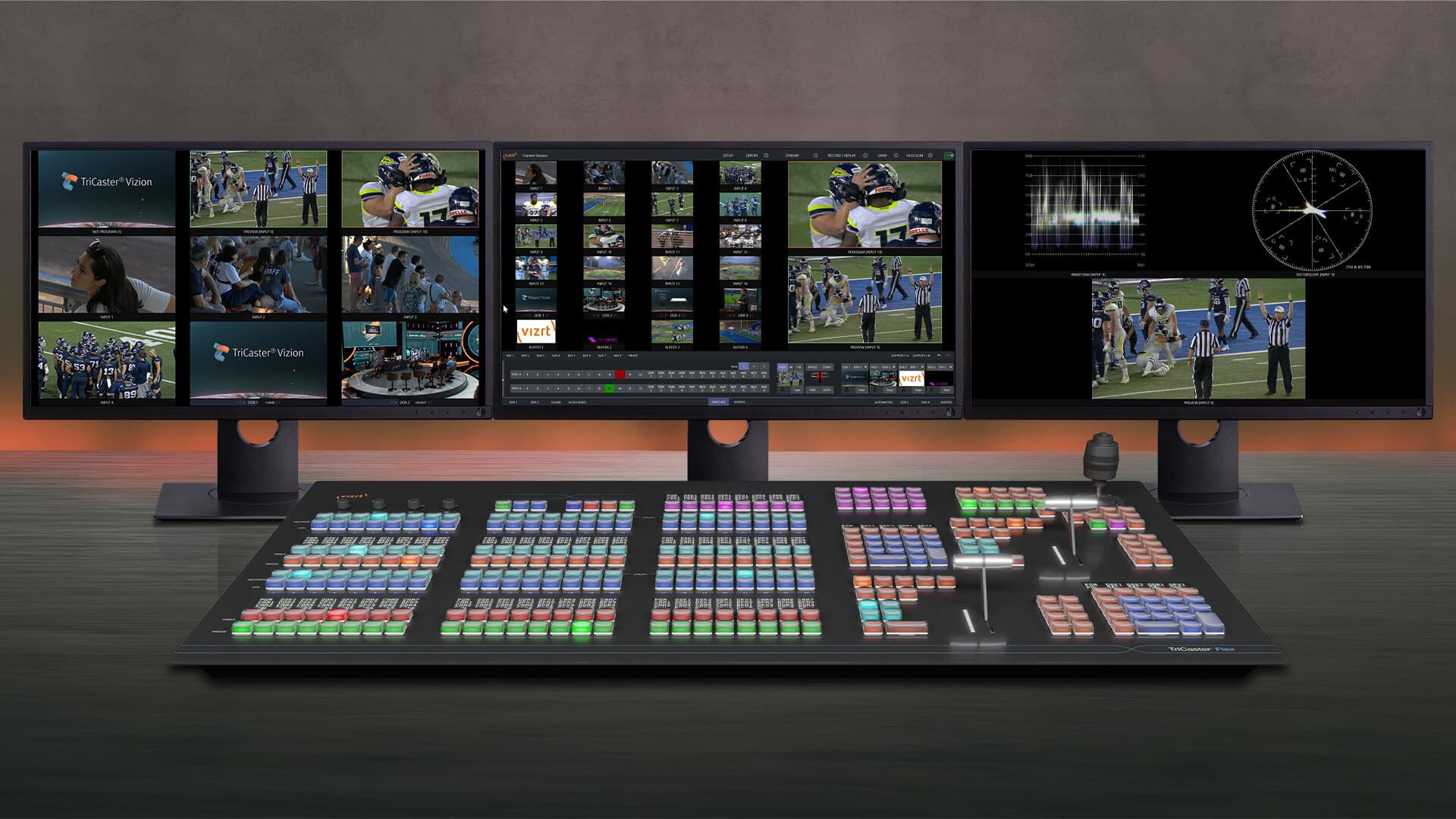
There are a whole range of other factors that need to be considered when comparing switchers from different manufacturers. Not everything fits on a neat table either. So, while it is easy to compare and contrast AI toolsets with a simple tick box in a column, reliability is a harder metric to assess when you are talking about units that have yet to function for a year in the wild.
Other aspects have both objective and subjective values attached to them: you can compare the length of time of a warranty and the response time of support, but measuring the quality of that support is much harder.
Nevertheless, when comparing the metrics that can be measured definitively across platforms, the TriCaster Vizion consistently outperforms its rivals. Add in pricing information as well and the flexibility that it offers with a perpetual or subscription license as well as a choice of two different hardware platforms, and the balance tilts towards it even more.

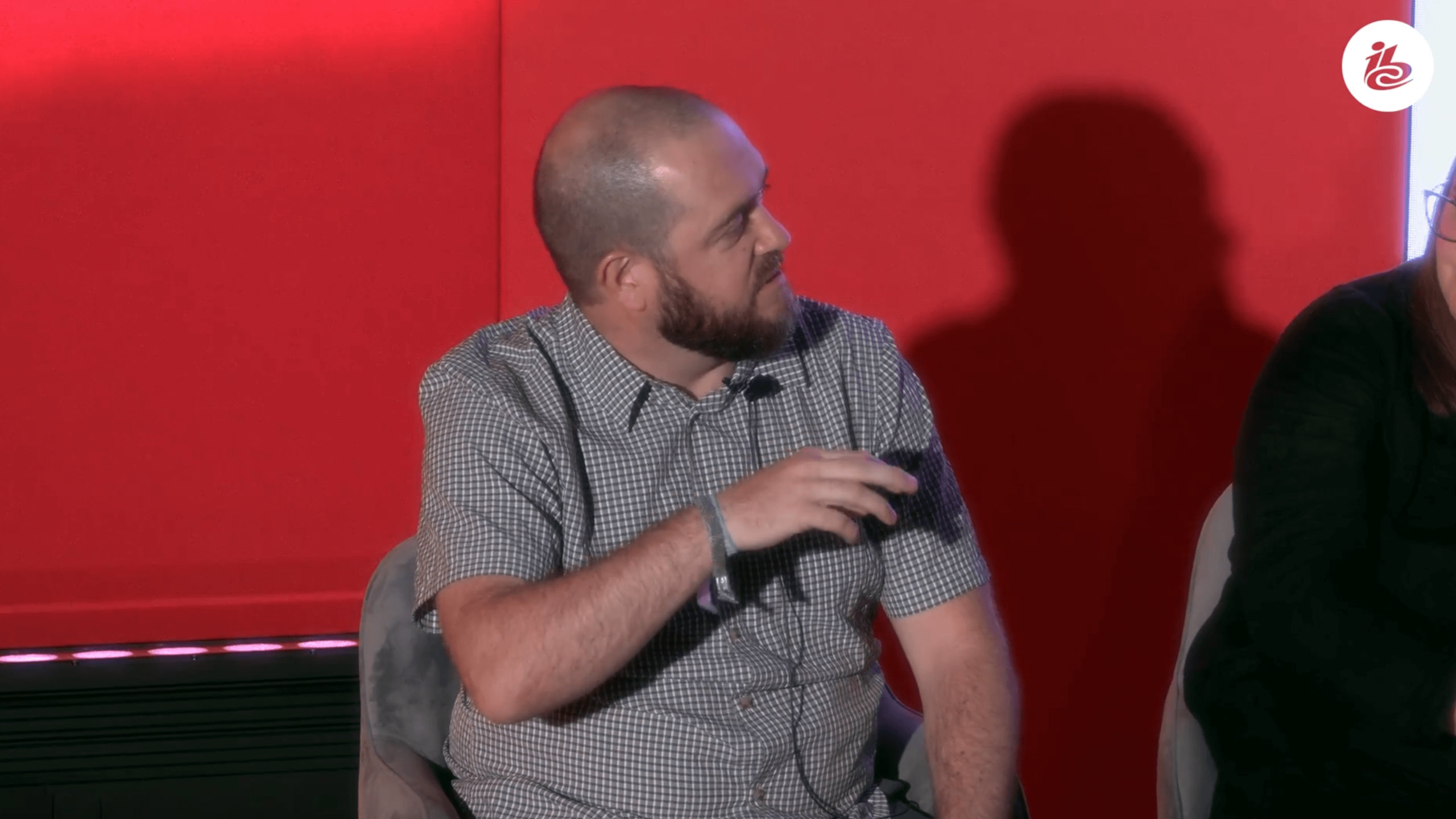
This is where your amazing photo caption will go. Hide or delete the Row to remove if needed.


